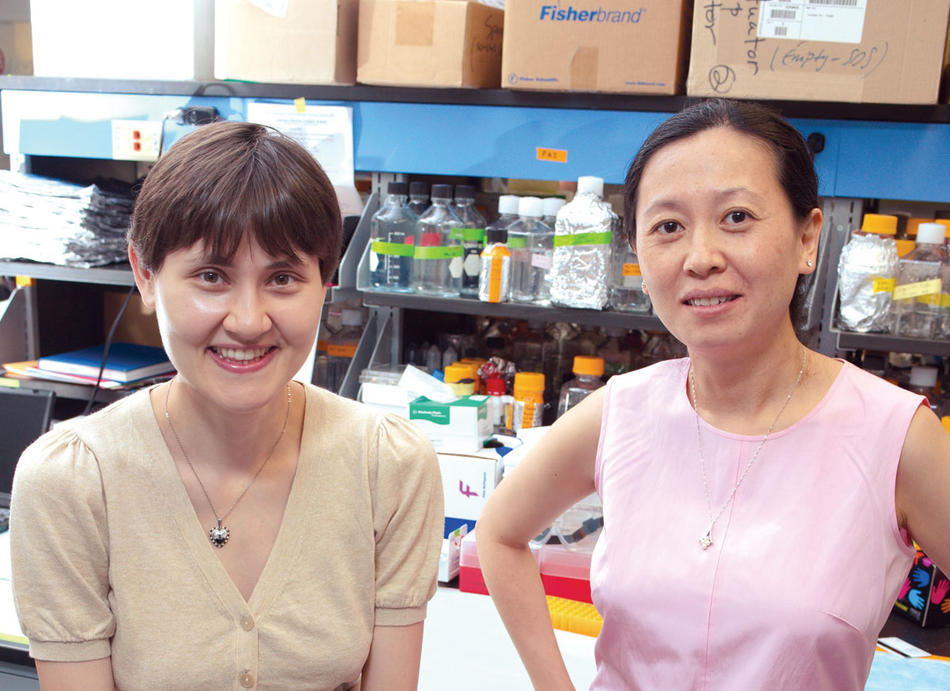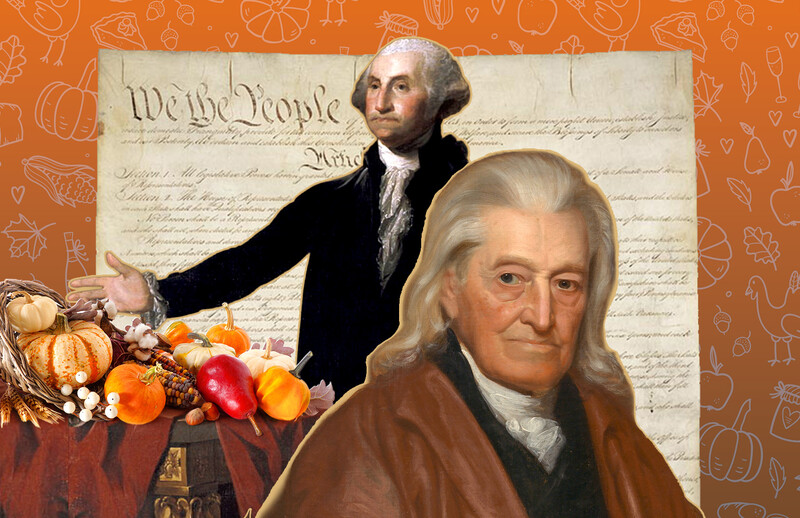Helen H. Lu, a biomedical engineer, and Tanya Zelevinsky, a physicist, have received the Presidential Early Career Award for Scientists and Engineers, which honors extraordinary achievements by scholars at the outset of their careers.
“These gifted young scientists and engineers represent the best in our country,” said President Barack Obama in announcing the awards to Lu, Zelevinsky, and 98 other scholars on July 9. “With their talent, creativity, and dedication, I am confident that they will lead their fields in new breakthroughs and discoveries and help us use science and technology to lift up our nation and our world.”
Lu and Zelevinsky will be honored at a White House ceremony this fall. They each will receive a research grant as part of their award; the size of each grant has not yet been announced.
Lu, an associate professor at the Fu Foundation School of Engineering and Applied Science, studies how adult stem cells can be grown into soft tissues to fortify those damaged by sports injuries and arthritis. “This issue is becoming extremely critical as the population ages and strives to remain physically active,” she says. “Our bodies were not designed to last 100 years.” In her laboratory, Lu is generating soft tissues, such as tendons and ligaments, that can replace damaged portions of a knee, shoulder, or hip.
Zelevinsky, who is an assistant professor, hopes to use her new grant to establish Columbia’s first laboratory for ultracold atoms. “These atoms move around very slowly and are very accessible to precise measurements,” says Zelevinsky.
Her team will use lasers to chill atoms and molecules to 273 degrees below zero Celsius and trap them in an optical lattice, which allows researchers to observe them as if they’ve been completely isolated from their environment. Zelevinsky then hopes to be able to answer questions about the fundamental laws of nature, including whether the ratio of an electron’s mass to a proton’s mass is constant over time.



